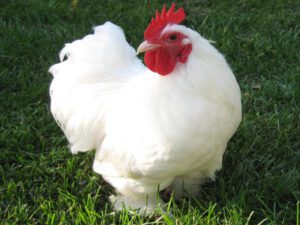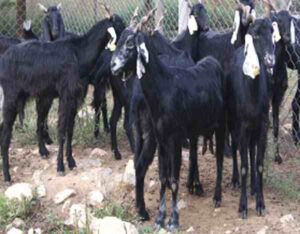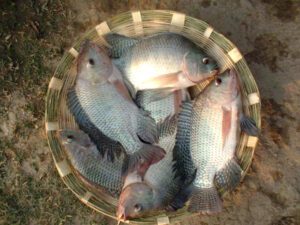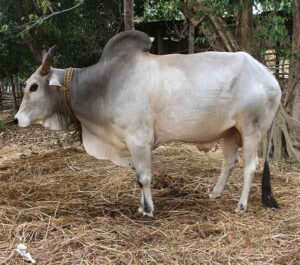The Sirohi goat is an Indian breed, which is native to the Sirohi district of Rajasthan. The name Sirohi derived from the home tract. The breed is also known as Ajmeri, Devgarhi and Parbatsar. Sirohi goats can be found over the Ajmer, Bhilwara, Japipur and Tonk districts.
Usually Sihori goats are raised under extensive grazing system in commercial farms, and most of the flocks are kept confined.
Some rural farmers used to migrate their large sized flocks seasonally to nearby areas for the search of foods and water. The flock size varies from place to place.
And a flock of 10-200 Sirohi goats can be found in different places of Rajasthan and Uttar Pradesh. But today the Sirohi goat is very popular as a meat goat breed in India.
And is well distributed throughout India and some other South Asian countries. Now the goat breed is found in almost every state of India.
Sirohi Goat Characteristics
Sirohi goat is a medium sized animals. It has predominantly brown colored coat with dark or light brown patches. On occasion, the color of a very few goats may be completely white. The body is covered with fairly dense soft and coarse hair. The hair grows at the rate of about 2 centimeter per year.
Sirohi goats have medium sized flat dropping ears (much like leaf), and most of the goats are wattled. Both Sirohi buck and doe have small horns which is curved upward and backward. Their tail is curved upward and medium in length. Their legs are long and very strong.

The udder of Sirohi doe is small and round, with small teats placed laterally. Sirohi bucks are much heavier than the does. And the average body weight of an adult buck is up to 50 kg and doe is up to 30 kg. Photo from Wikipedia.
Uses
Sirohi goat is a meat producing breed, and mainly raised for meat production purpose rather than milk. The breed is also raised for commercial meat production in some large farms.
Special Considerations
Sirohi goat is popular for it’s weight gain capability, even under poor quality rearing conditions. They are easily adaptable to different climatic conditions and are resistant to major goat diseases. They are also well adapted to the hot and dry climatic conditions.
Like most other goat breeds, Sirohi goats also love grazing. But they are also well suited to the stall fed goat farming system, and grow rapidly if provided the right nutritional feed concentrate. They should be fed with a concentrate mixture of barley and channa gram along with 1 percent common salt and 2 percent mineral mixture.
And an adult Sirohi goat will require about 3-5 kg green fodder daily. The first kidding age is 18-20 months. Usually a Sirohi doe kids twice a year. And on an average, gives birth to single in most cases and twins sometimes, triplets are very rare.
Usually one Sirohi buck can service about 30-35 does in a single breeding season. You should take good care of the buck for getting healthy and productive kids. The gestation period of Sirohi does is about 150 days. Review full breed profile of this beautiful goat breed below.
| Breed Name | Sirohi | |
| Other Name | Ajmeri, Devgarhi, Parbatsari | |
| Breed Purpose | Mainly Raised for Meat Production | |
| Breed Size | Large | |
| Buck | Up to 50 kg | |
| Doe | Up to 30 kg | |
| Horns | Yes | |
| Climate Tolerance | Heat | |
| Coat Color | Mainly Brown | |
| Good for Stall Fed | Yes | |
| Rarity | Common | |
| Country of Origin | India |






